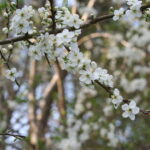
Between April and July our most popular blogs looked at chewing gum for orthodontic pain, mouthwashes to promote gingival healing and the impact of malocclusion on quality of life.
[read the full story...]
Between April and July our most popular blogs looked at chewing gum for orthodontic pain, mouthwashes to promote gingival healing and the impact of malocclusion on quality of life.
[read the full story...]
Topics covered in our most popular blogs in the first quarter of the 2023. included , selective caries removal, root canal dressings and pain management following dental extractions
[read the full story...]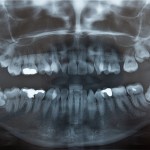
This review comparing the effectiveness of articaine and lidocaine for lower third molar surgery included 14 RCTs. The findings suggest that articaine is superior to lidocaine for use in lower third molar however the available are small so additional larger high quality studies would be helpful to strengthen the evidence.
[read the full story...]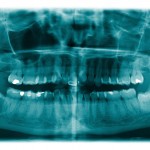
This review of coronectomy versus extraction of third molars in patients at increased risk of inferior alveolar nerve (IAN) injuries included 42 observational studies. The findings indicate lower a reduction in the odds of IAN sensory loss in favour of coronectomy and an increase in the odds of surgical reintervention.
[read the full story...]
This review of the prevalence of maxillofacial trauma by different causes in children and adolescents included 58 studies. The findings indicated that road traffic accidents and falls were the commonest causes. However rates do vary across difference geographic regions.
[read the full story...]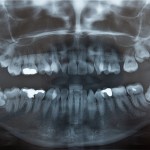
This review of antibiotic prophylactic treatments in relation to the risk of developing dry socket (DS) and site-specific infection (SSI) after lower third molar extraction included 16 RCTs. Antibiotic did reduce the risk of DS and SSI in health patients but the number needed to treat (NNT) was high so the use should be considered only after a careful assessment of an individual patient’s risk.
[read the full story...]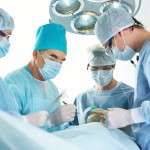
This update of a Cochrane review of the relative benefits and harms of different surgical treatment modalities for oral cavity and oropharyngeal cancers includes 15 RCTs. Moderate-certainty evidence from 5 RCTs showed trials that elective neck dissection of clinically negative neck nodes at the time of removal of the primary oral cavity tumour is superior to therapeutic neck dissection, with increased survival and disease-free survival, and reduced locoregional recurrence.
[read the full story...]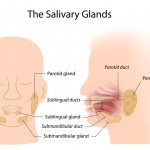
This review of the efficacy and safety of sialendoscopy in the treatment of obstructive diseases of the major salivary glands included 91 studies. The findings indicate and overall success rate of 80.9% (76.6 to 84.6 %) although all the included studies are observational, mainly retrospective and at medium to high risk of bias.
[read the full story...]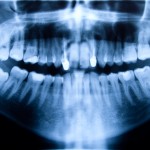
This review of the effects of photobiomodulation (PBM) on pain, oedema, and trismus after extraction of impacted mandibular third molars included 33 RCTs. However 30 of the included studies were considered to be at high risk of bias, and while the results suggested small benefits for PBM in relation to reduction of pain and swelling these were not considered to be clinically important.
[read the full story...]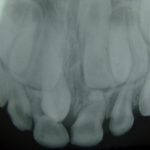
Thte review of the percentage of impacted maxillary incisors that successfully erupt after surgical removal of supernumerary teeth included 15 studies. With the exception of one study all were retrospective with meta-analysis indicating a mean eruption success of 57.6% (95%CI; 47.8 to 67.0%). However the certainty of the evidence is very low to low.
[read the full story...]